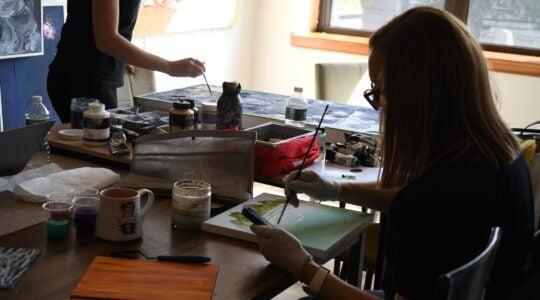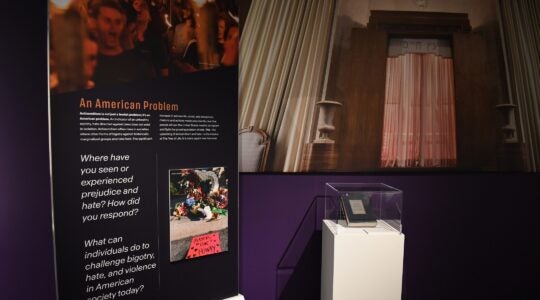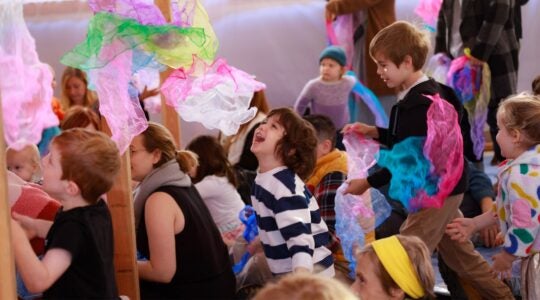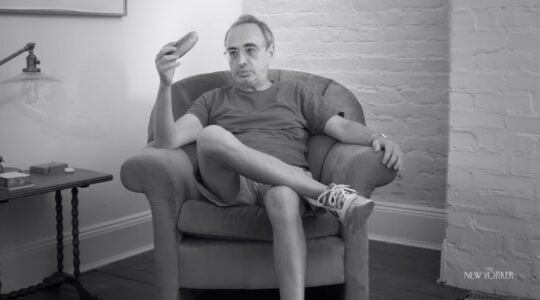A century ago next month the corner of Greene Street and Washington Place in Greenwich Village, a block east of Washington Square Park, became a social-political center of the country and a synonym for tragedy.
During a 20-minute blaze on the top three floors of the Asch Building, a new 10-story “skyscraper” that housed factories squeezed into unventilated lofts, 146 workers — mostly women, mostly immigrant Jews and Italians — died from inhaling smoke or leaping onto the cobblestone street below.
The fire at the Triangle Shirtwaist Factory, headline news in the months after the March 25, 1911 conflagration and a spur to worker-protection legislation in the subsequent years, is being widely commemorated in this centennial anniversary year.
Two documentaries on the subject will premiere in the next month: “Triangle Fire,” part of the PBS American Experience series, which will air on WNET-13 Monday, Feb. 28 at 9 p.m.; and “Triangle: Remembering the Fire,” which will premiere on HBO on March 21 at 9 p.m. The HBO production, featuring historical photographs, old footage and interviews with the victims’ and survivors’ descendants, tells the story of a growing conflict between radicalized workers and avaricious factory owners.
The fire, which came a year after a largely unsuccessful workers’ strike in the garment industry, “was the crucial moment in a potent chain of events — a chain that ultimately forced fundamental reforms from the political machinery of New York, and, after New York, the whole nation,” David Von Drehle wrote in “Triangle: The Fire that Changed America” (Grove Press, 2003).
Upcoming remembrances of the tragedy, New York City’s largest workplace disaster until 9/11, which for the first time will feature the names of all the victims, researched by New York historian Michael Hirsch, include:
n “Birds on Fire,” a historical musical drama by playwright Barbara Kahn to be staged March 17-April 3 at the Theater for the New City, 155 First Ave. ([212] 254-1109.)
n Memorial ceremonies on March 1 and 25, sponsored by the Hebrew Free Burial Society, at the Mount Richmond Cemetery on Staten Island.
n A panel discussion at NYU’s Bobst Library, 70 Washington Square South, on Tuesday, March 1 at 6 p.m. ([212] 998-2630).
n A series of events at Adelphi University, Garden City, L.I., on Thursday, March 3, 5:30-8:30 p.m. ([516] 877-4411.
n an exhibition at NYU’s Grey Art Gallery, 100 Washington Square East, and a series of events, including a new play by Elizabeth Swados, sponsored by the Gallery ([212] 998-6780).
The Yiddish-language Forward, the most widely read Jewish newspaper at the time of the fire, quickly spread the news about the blaze, and about the need to improve conditions in order to prevent a recurrence, says Arieh Lebowitz, associate director of the Jewish Labor Committee (jewishlaborcommittee.org). The Committee is sponsoring several commemorative events in the coming weeks, including a March 25 commemoration at the site of the fire, and a call for local rabbis to recite Kaddish for the victims in March.
A century later, American Jews continue to mourn the tragedy, Lebowitz says, because most share the same Eastern European background at the newcomers who lost their lives on March 25, 1911. “They still think of themselves as having roots in the immigrant community.”
The New York Jewish Week brings you the stories behind the headlines, keeping you connected to Jewish life in New York. Help sustain the reporting you trust by donating today.




